As it was quite a long journey to Final Degree Show at Kingston, my travel time allowed me to once again think about the festival and its potential impact of to our Capital. Perhaps the most beautiful idea of a festival is its aspect of temporality. Nearly like a sand castle on the beach that after a period of time gets gradually washed away, the festival is around us just for a short amount of time. Nobody would allow building castles out of concrete, but precisely because of their temporality no one complains about them. This phenomenon is equally applicable to architecture. People wont complain if a weird massive structure is placed somewhere in the public realm because it will eventually be dismantled and taken away. However, there is strong momentum that stays after, perhaps even stronger than the physical structure itself. Its presence in the city, even if just for few hours, allows us to dream, think and most importantly to question. It is exactly that process that can in the end make a significant change in our indefinite built environment.
In the same manner, the society allows architectural students to deliver much more radical and provocative spatial propositions. It is thought that their work will anyway end up forgotten somewhere in a corner of the room so why not allow them to dream. However, there are many young practices that emerged precisely from their university work or projects that have continued beyond the academic framework. And even if that is not the case and the project really doesn’t go further, what I always enjoy the most on the final degree show openings across London are the conversations that start in those places. Because of them the student work will never disappear, it just might take another form and evolve to something else.
At Kingston University I was pleasantly surprised with a great balance of the hardcore design expertise that students clearly have gained and the implementation of critical thinking that is equally needed in the world of architecture today. It seemed that the course’s responsibility to create practice-ready graduates was taken seriously. The students both demonstrated that they can deliver proper conventional architectural drawings and that their imagination can go beyond building. It was a real showcase of beautiful architectural models and drawings addressing topics such as the Diplomacy and Architecture of Accommodation, Community and Place, the Hospitable City and the Self-Build.
I was impressed by the work of Unit 5 lead by Takeshi Hayatsu that included working on a live project for a summer pavilion in the garden of Dorich House Museum nearby. Their collective work has demonstrated the importance of hands-on approach to making while changing arenas of academia and building procurement. It reminded me how important is a practical approach to architectural education alongside the processes of drawing and production of images.
Le Corbusier once said that ‘Anything that can be taught it is not worth learning’ and that is precisely why I chose to visit all the student degree shows while writing this blog. It is about the freedom that one student has in London – he is encouraged to investigate, get lost, think the unthinkable and finally teach us something about the world we live in, just like the festival does.

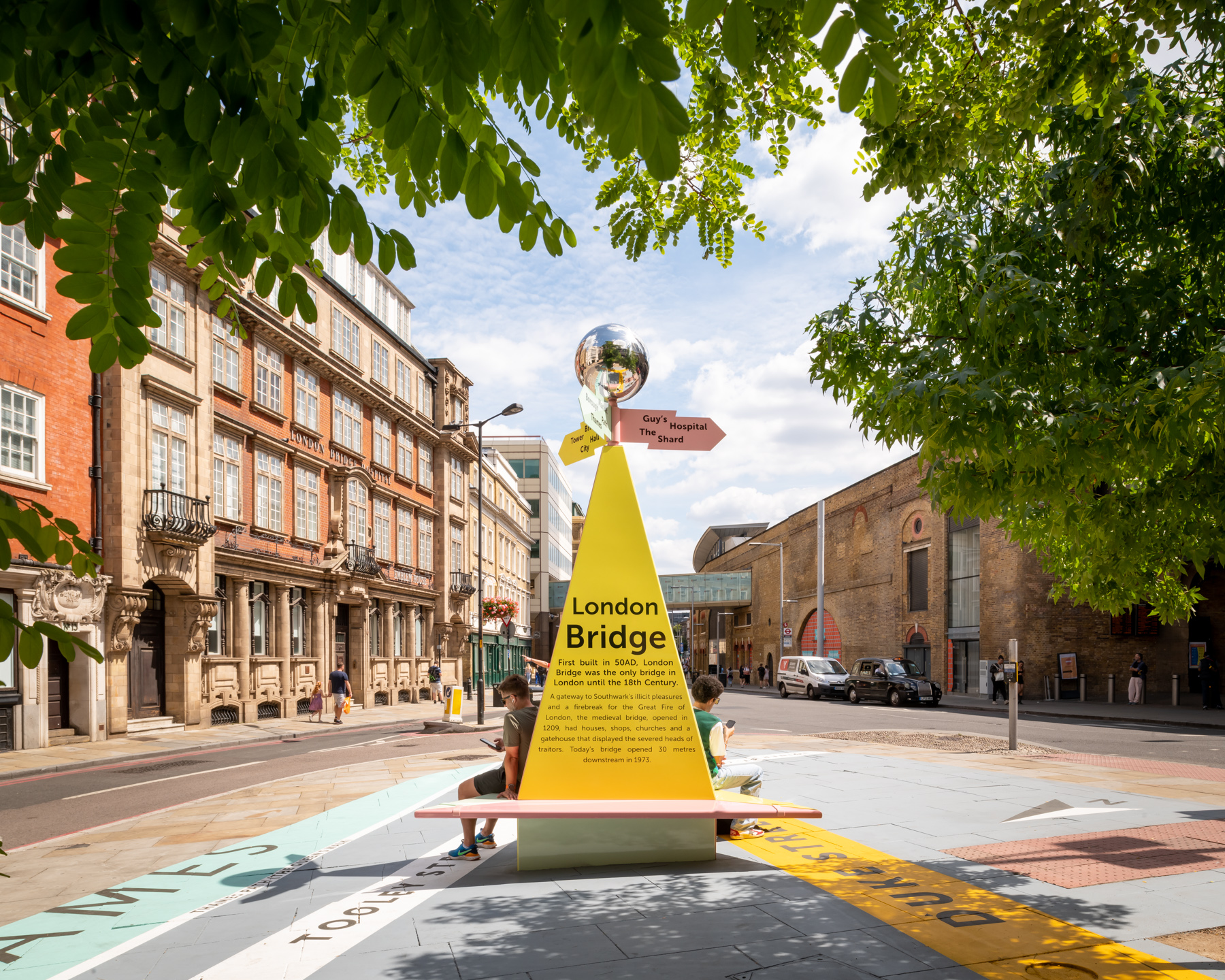 COMPETITION
|
COMPETITION
|
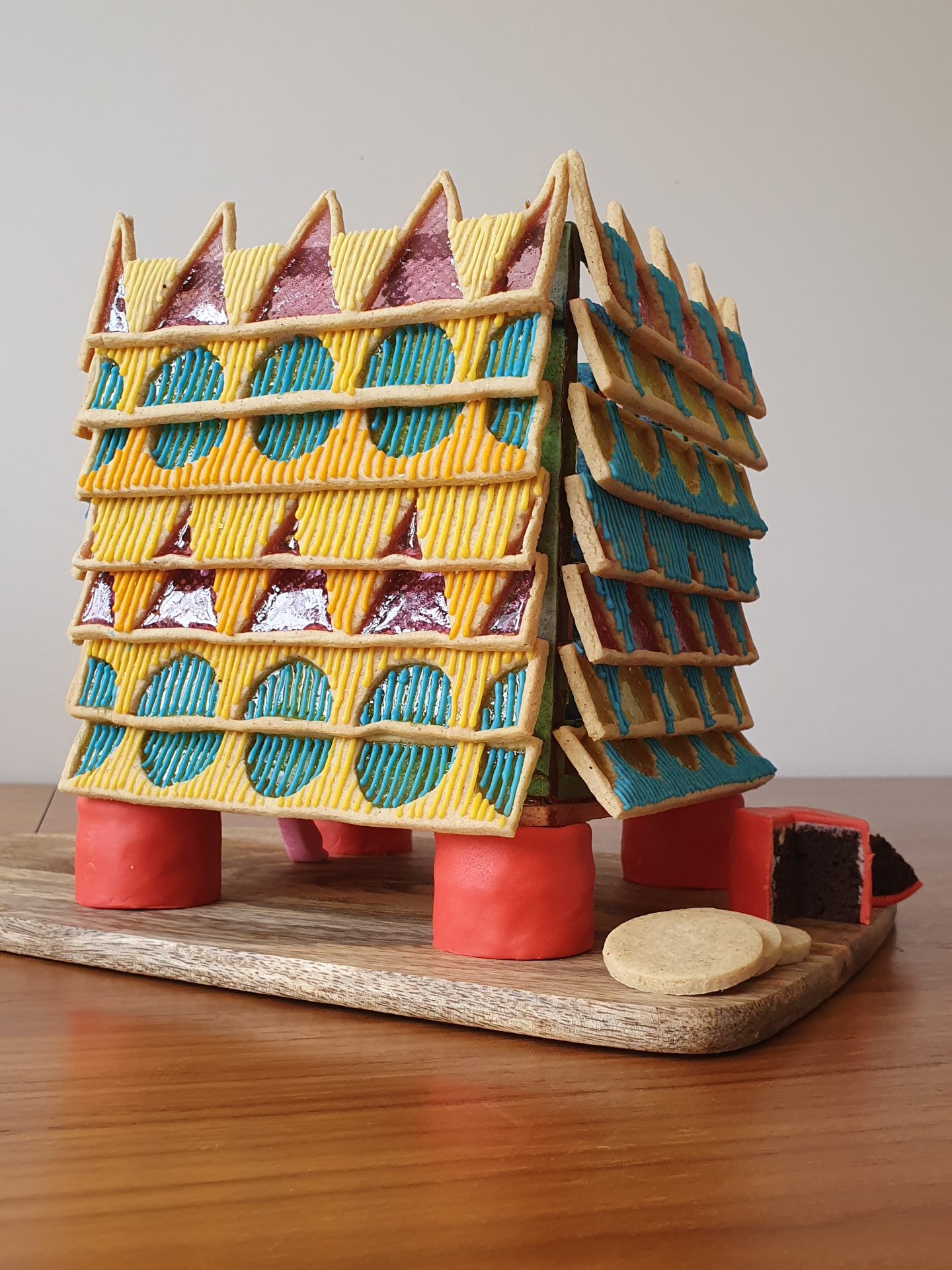 COMPETITION
|
COMPETITION
|
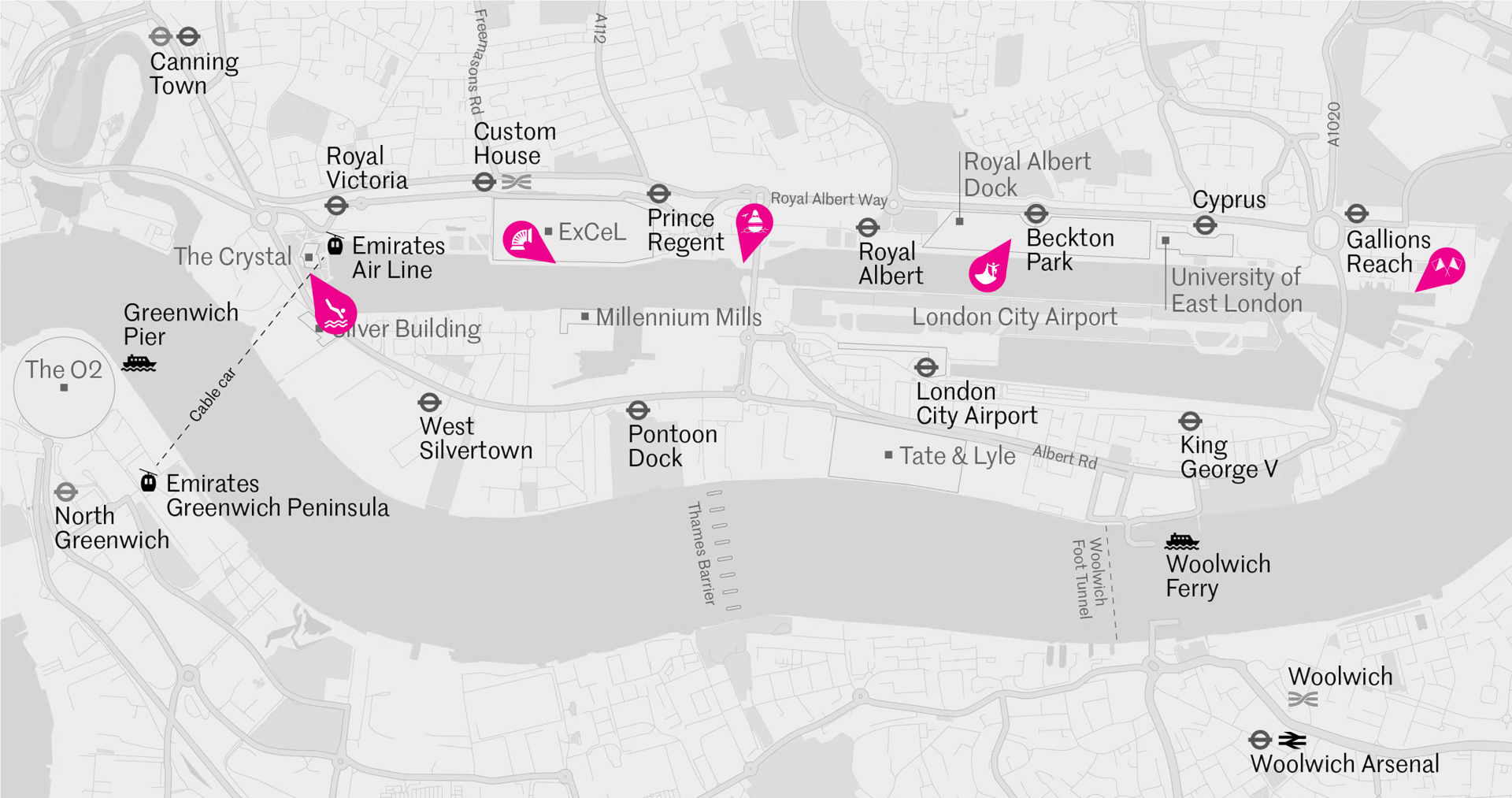 COMPETITION
|
COMPETITION
|
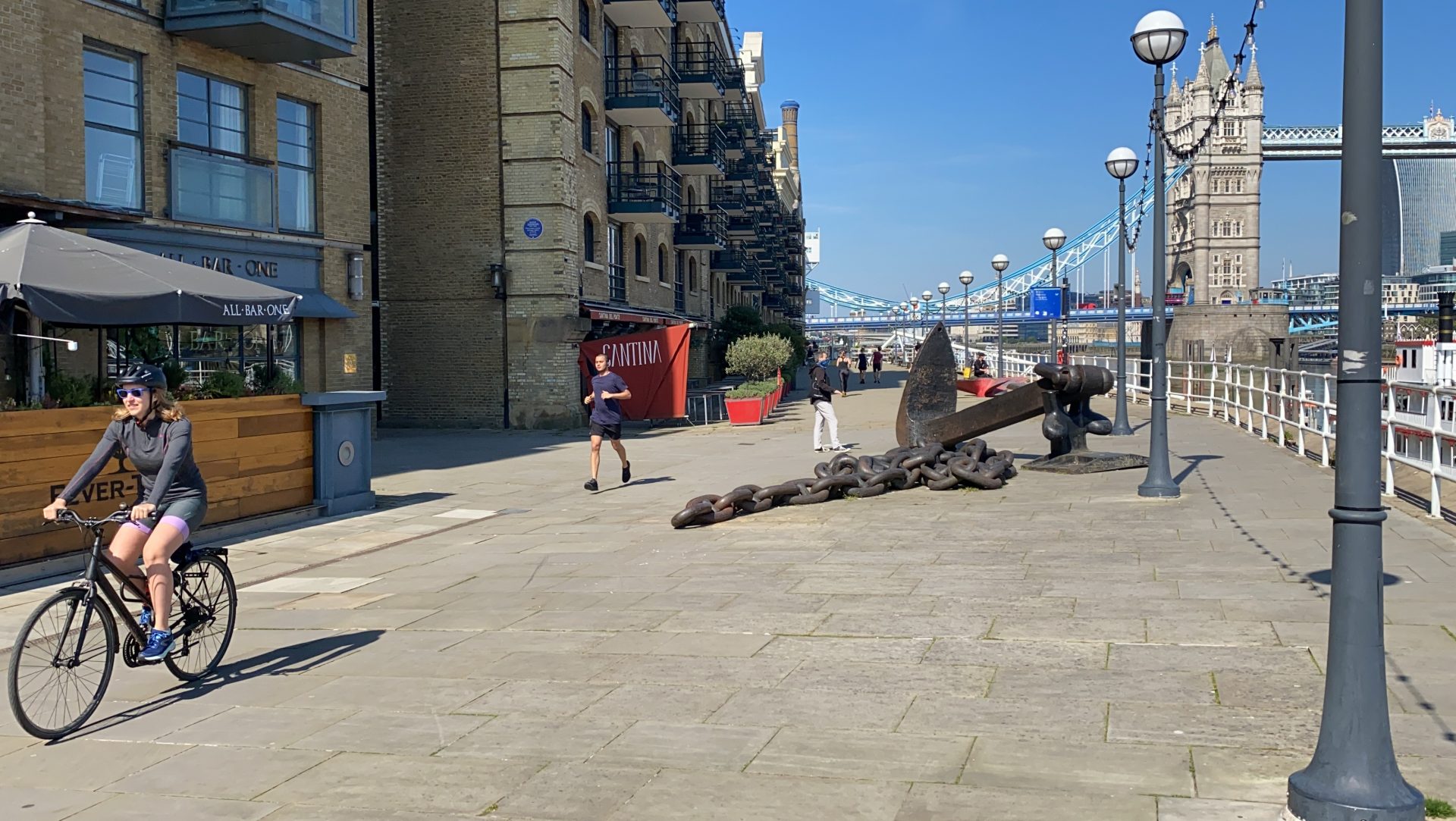 COMPETITION
|
COMPETITION
|
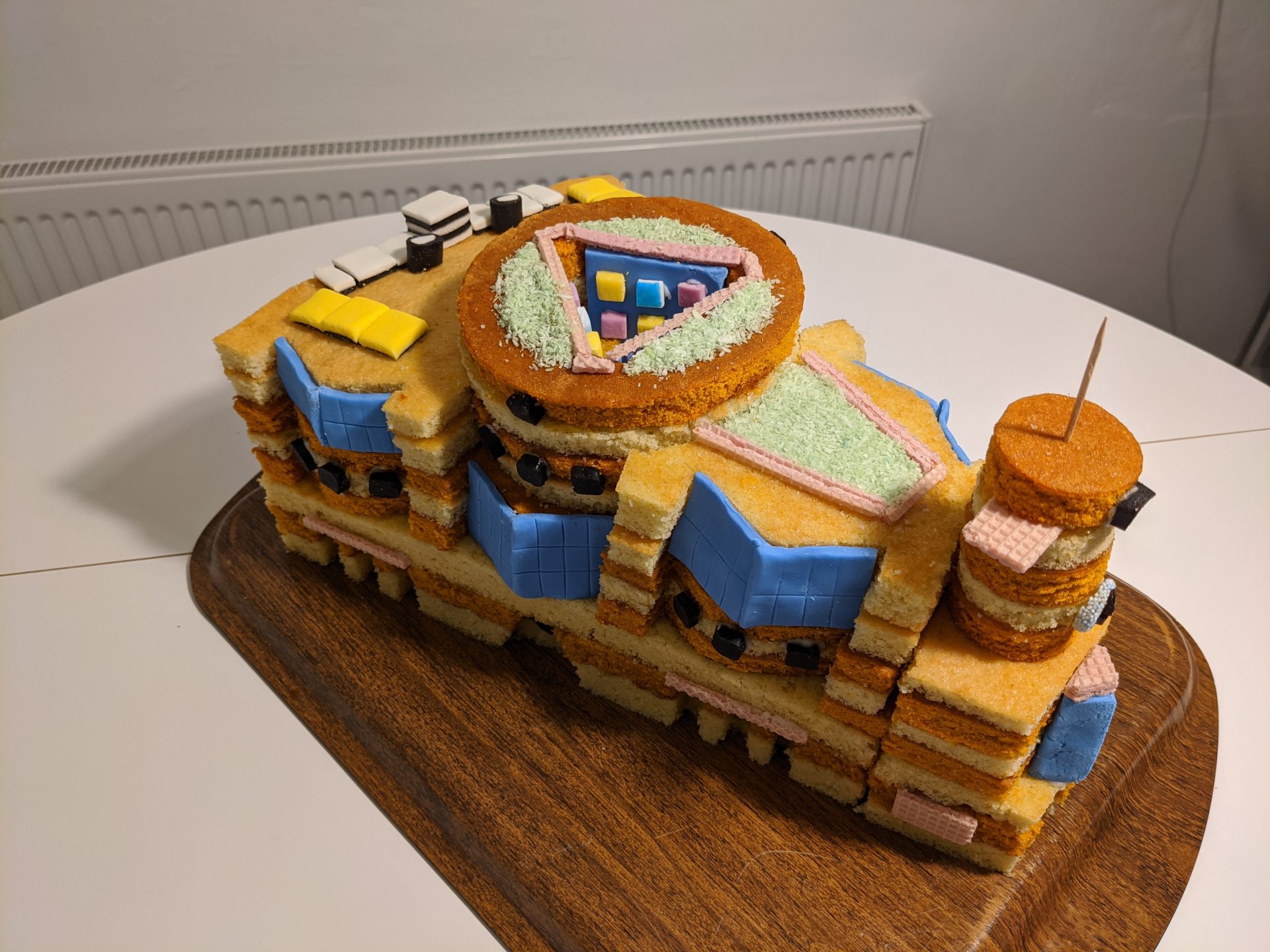 NEWS
|
NEWS
|
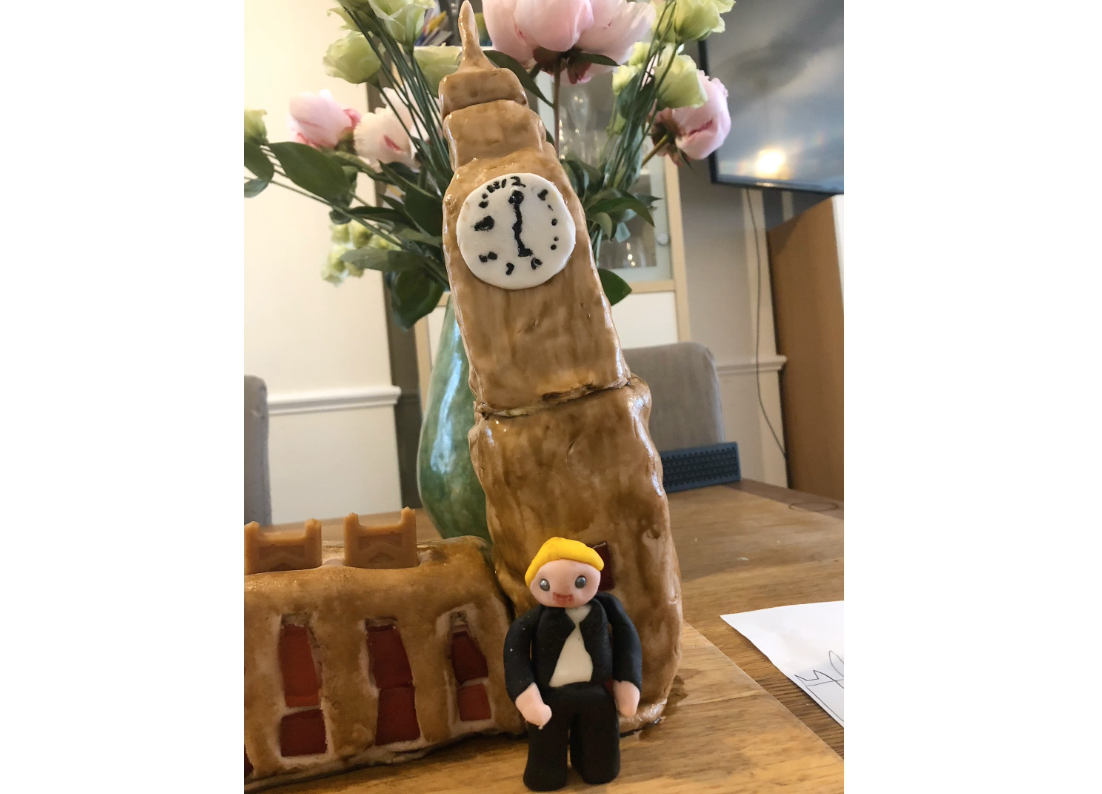 NEWS
|
NEWS
|